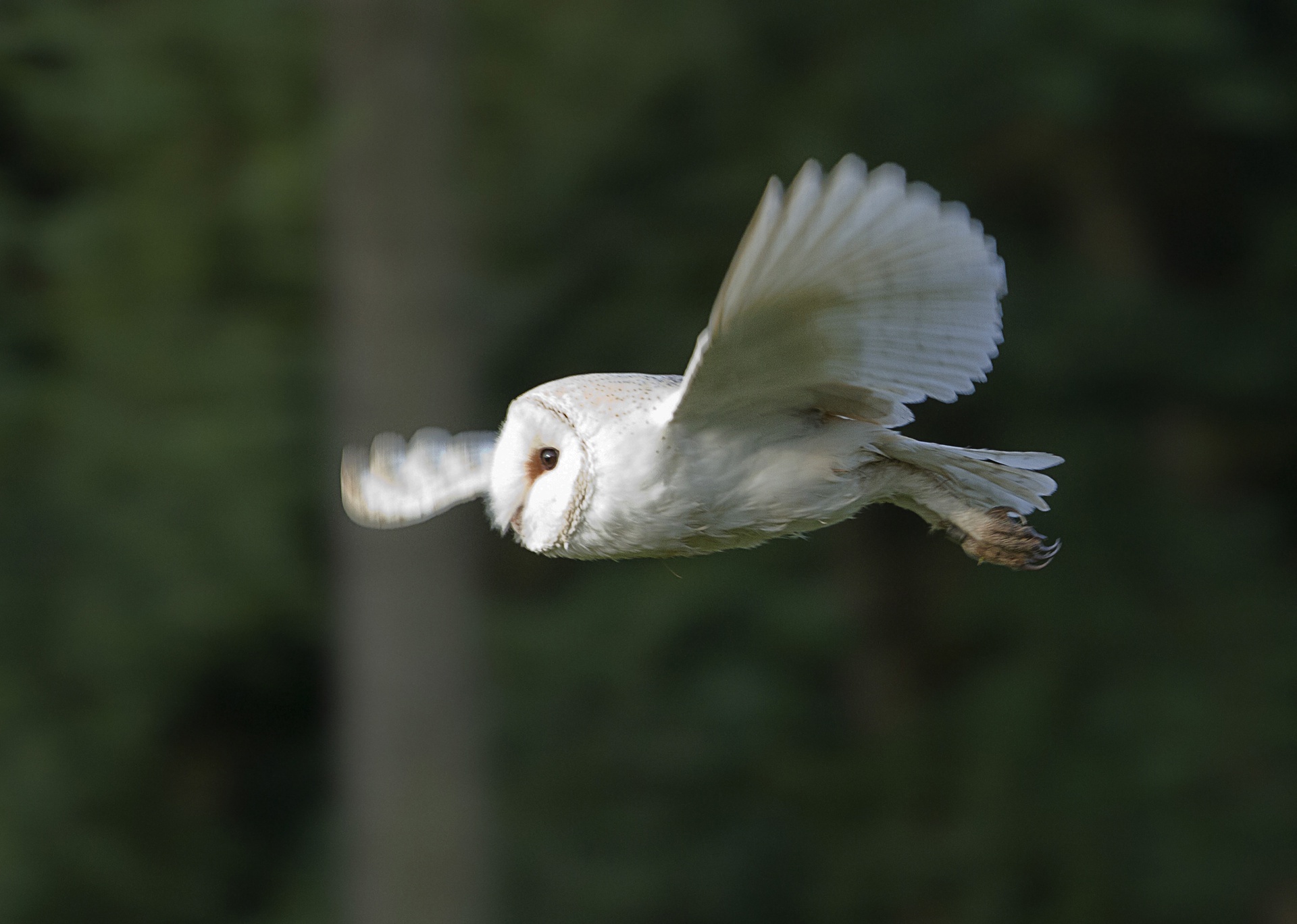The barn owl (Tyto alba) is the most widely distributed species of owl in the world and one of the most widespread of all species of birds, being found almost everywhere in the world except for the polar and desert regions, Asia north of the Himalayas, most of Indonesia, and some Pacific Islands. It is also known as the common barn owl, to distinguish it from the other species in its family, Tytonidae, which forms one of the two main lineages of living owls, the other being the typical owls (Strigidae).
Phylogenetic evidence shows that there are at least three major lineages of barn owl: one in Europe, western Asia, and Africa; one in southeastern Asia and Australasia; and one in the Americas; as well as some highly divergent taxa on various islands. Accordingly, some authorities divide barn owls into the western barn owl, for the group in Europe, western Asia, and Africa; the eastern barn owl for the group in southeastern Asia and Australasia; and the American barn owl for the group in the Americas. Some taxonomic authorities classify barn owls differently, recognising up to five separate species; and further research needs to be done to resolve the disparate taxonomies. There is considerable variation of size and colour among the approximately 28 subspecies, but most are between 33 and 39 cm (13 and 15 in) in length, with wingspans ranging from 80 to 95 cm (31 to 37 in). The plumage on the head and back is a mottled shade of grey or brown; that on the underparts varies from white to brown and is sometimes speckled with dark markings. The face is characteristically heart-shaped and is white in most subspecies. This owl does not hoot, but utters an eerie, drawn-out screech.
The barn owl is nocturnal over most of its range; but in Great Britain and some Pacific Islands, it also hunts by day. Barn owls specialise in hunting animals on the ground and nearly all of their food consists of small mammals, which they locate by sound, their hearing being very acute. The owls usually mate for life unless one of the pair is killed, whereupon a new pair bond may be formed. Breeding takes place at varying times of the year, according to the locality, with a clutch of eggs, averaging about four in number, being laid in a nest in a hollow tree, old building, or fissure in a cliff. The female does all the incubation, and she and the young chicks are reliant on the male for food. When large numbers of small prey are readily available, barn owl populations can expand rapidly; and globally the bird is considered to be of least conservation concern. Some subspecies with restricted ranges are more threatened.
Font: Wikipedia
Observation portals:




